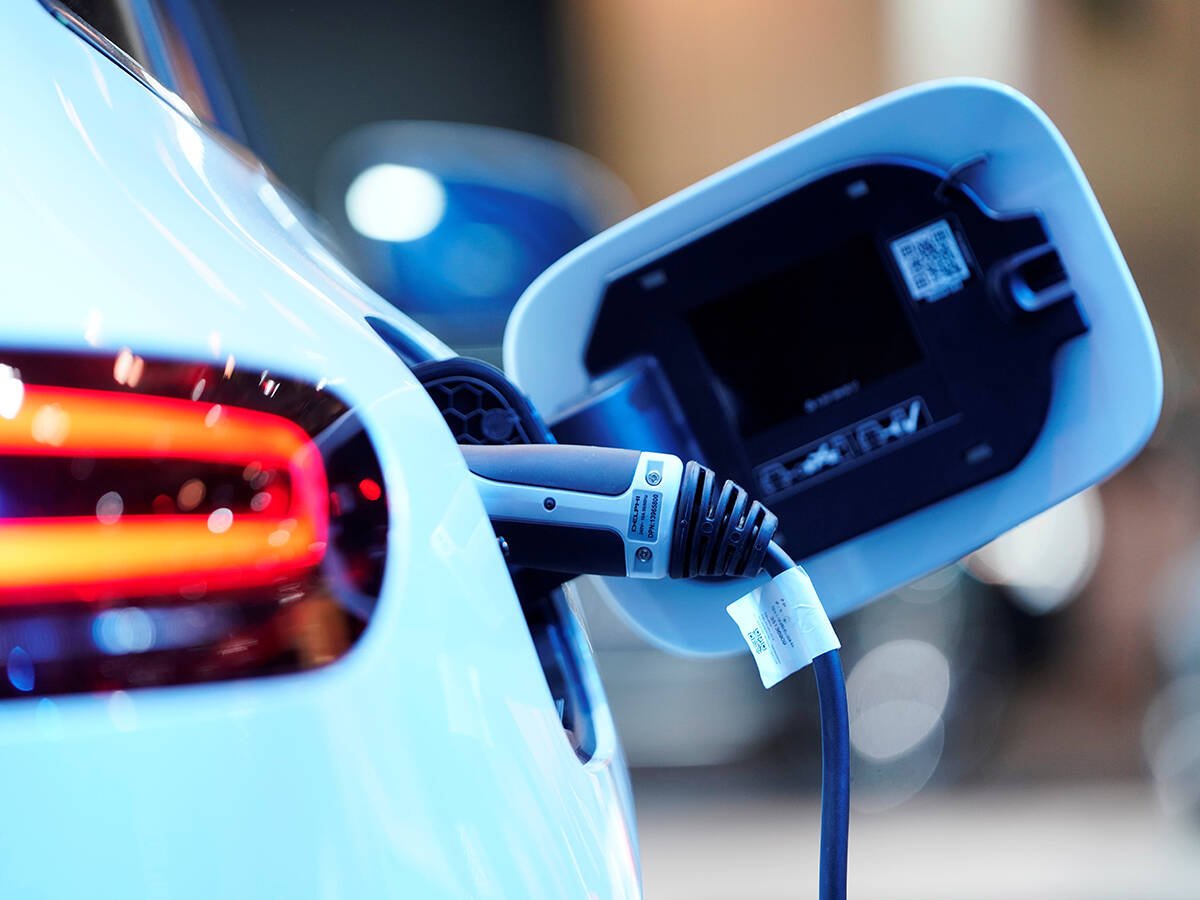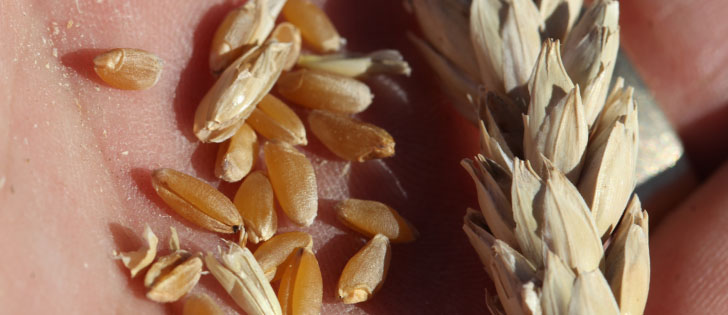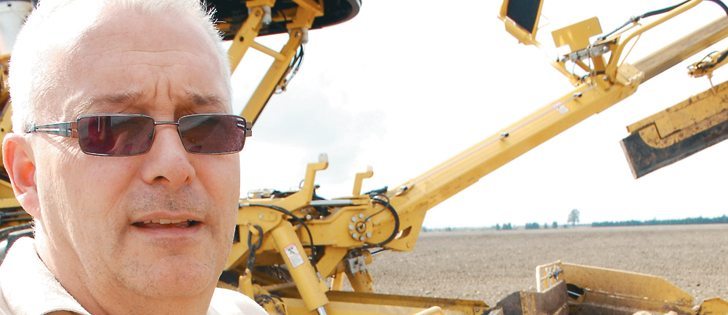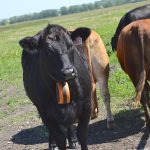Farmers don’t have a choice in diesel engines.
Once they decide which new implement they want, the engine is automatically part of the package.
The introduction of Tier 4 diesel emission standards means new engines will be Tier 4 compliant. It’s the law.
However, farmers question why the small number of widely dispersed engines they operate for only a few hours per year are forced to meet the same stringent standards as the millions of semi trucks that operate every day of the year on the highways and the cities.
Read Also

Why feds imposed EV tariffs
Moe and Kinew have a fight on their hands when it comes to eliminating the EV tariff. Canada has to worry about pissing off the U.S. and Mexico and hundreds of thousands of auto workers.
The answer is in the numbers – American numbers.
Until now, non-road emission standards for agriculture, construction and industry have been more relaxed than those for highway engines.
However, these non-road engines have become a significant source of particulate matter and nitrous oxide emissions in the United States.
According to Environmental Protection Agency emission inventory models, non-road engines are now responsible for 47 percent of the total particulate matter emissions and 25 percent of nitrous oxide emissions from all mobile sources.
Tier 4 emission standards now apply to new mobile non-road diesel engines. Tier 4 standards require that emissions of particulate matter and nitrous oxide be further reduced by 90 percent.
Until now, sulfur content in nonroad diesel fuel was not limited by environmental regulations. However, Tier 4 sulfur-sensitive control technologies include catalytic particulate filters and nitrous oxide absorbers.
This means the EPA requires reductions in sulfur content in non-road diesel fuels.
The new ultra-low sulfur diesel standard is 15 parts per million for non-road fuels including farm implements, effective June 2010. All Tier 4 diesels are engineered specifically for this fuel.
Cleaning the leftovers from the burn process while the fuel and its byproducts are still inside the engines has addressed part of the emissions issue.
Bolt-on treatments of exhaust gases are doing the rest.
Two strategies being employed are exhaust gas recirculation, where gases are re-burned in the compression chamber, and selective catalytic reduction, the burning of exhaust gases in the exhaust system.
The bright side is that the new engines are generally more efficient than their Tier 3 predecessors.















